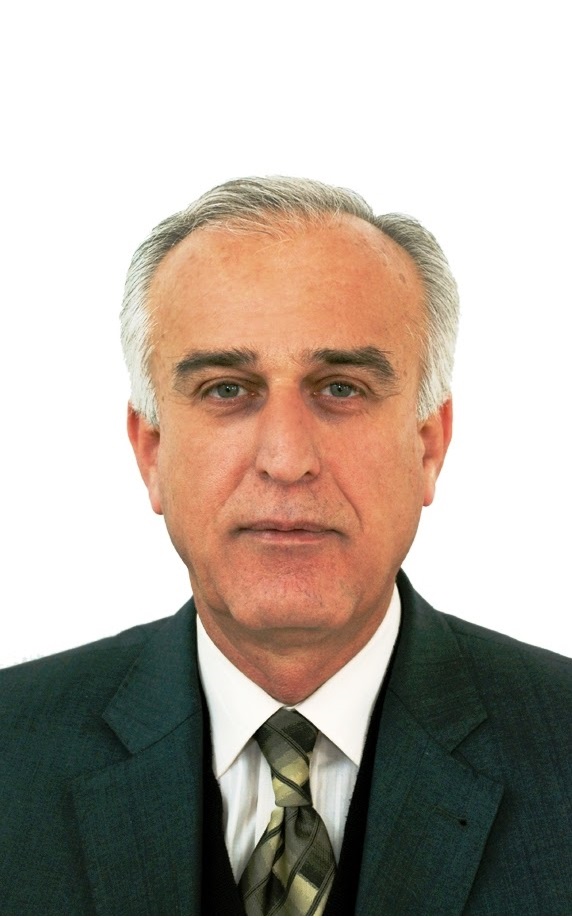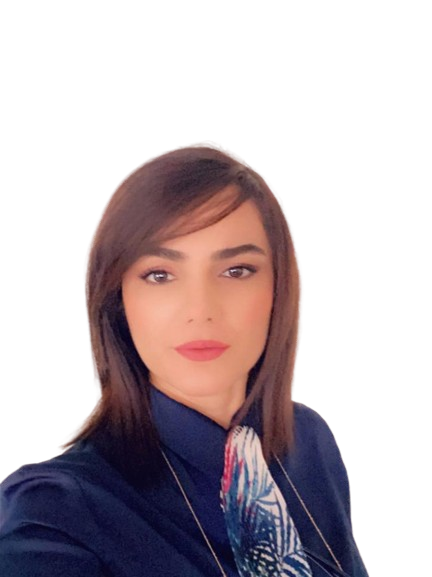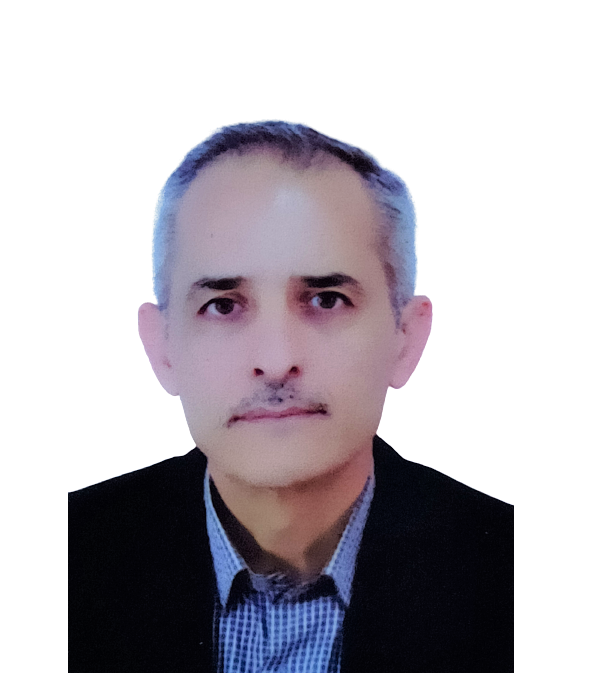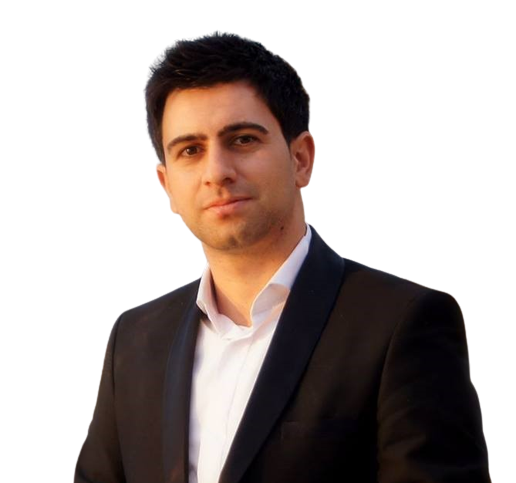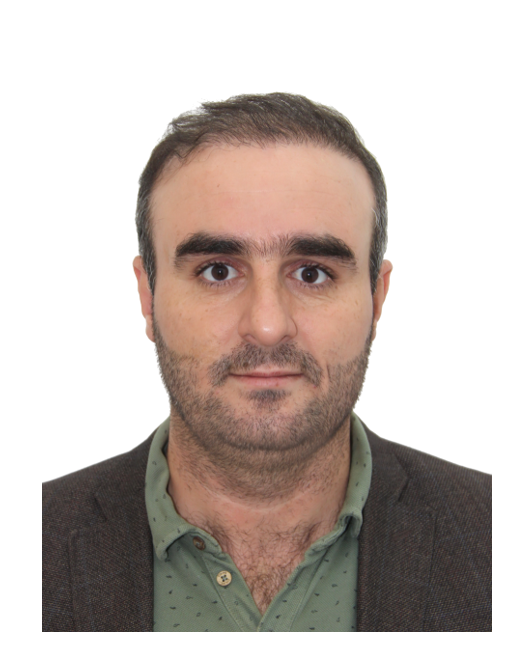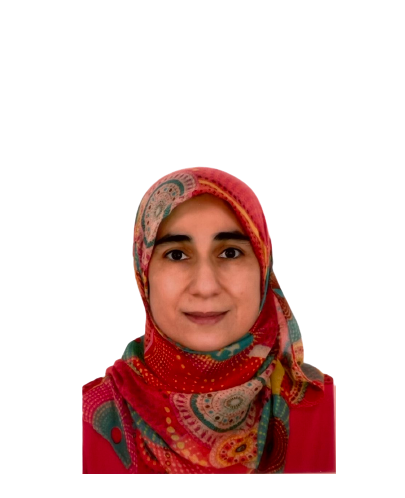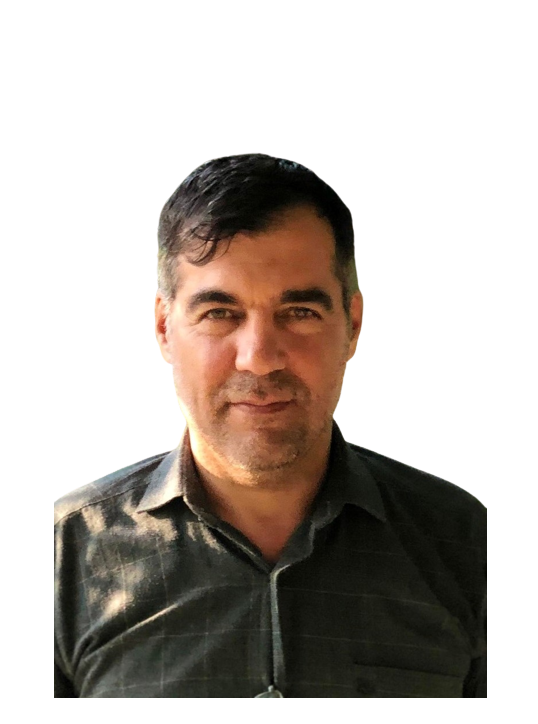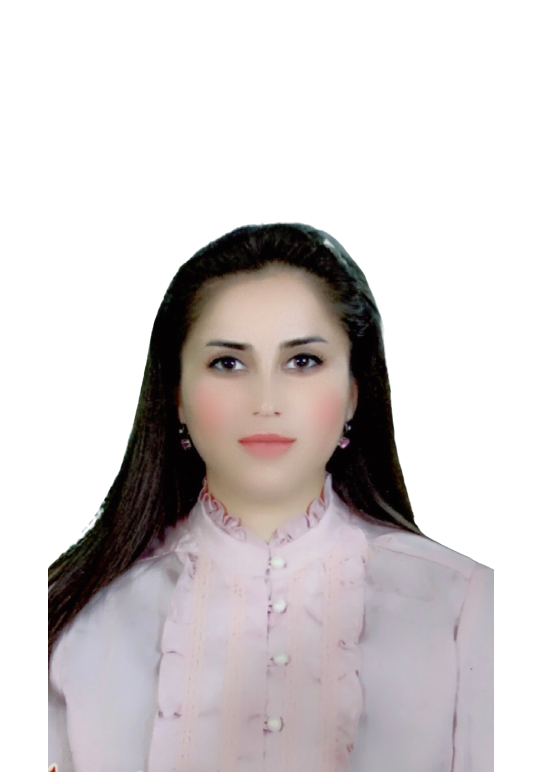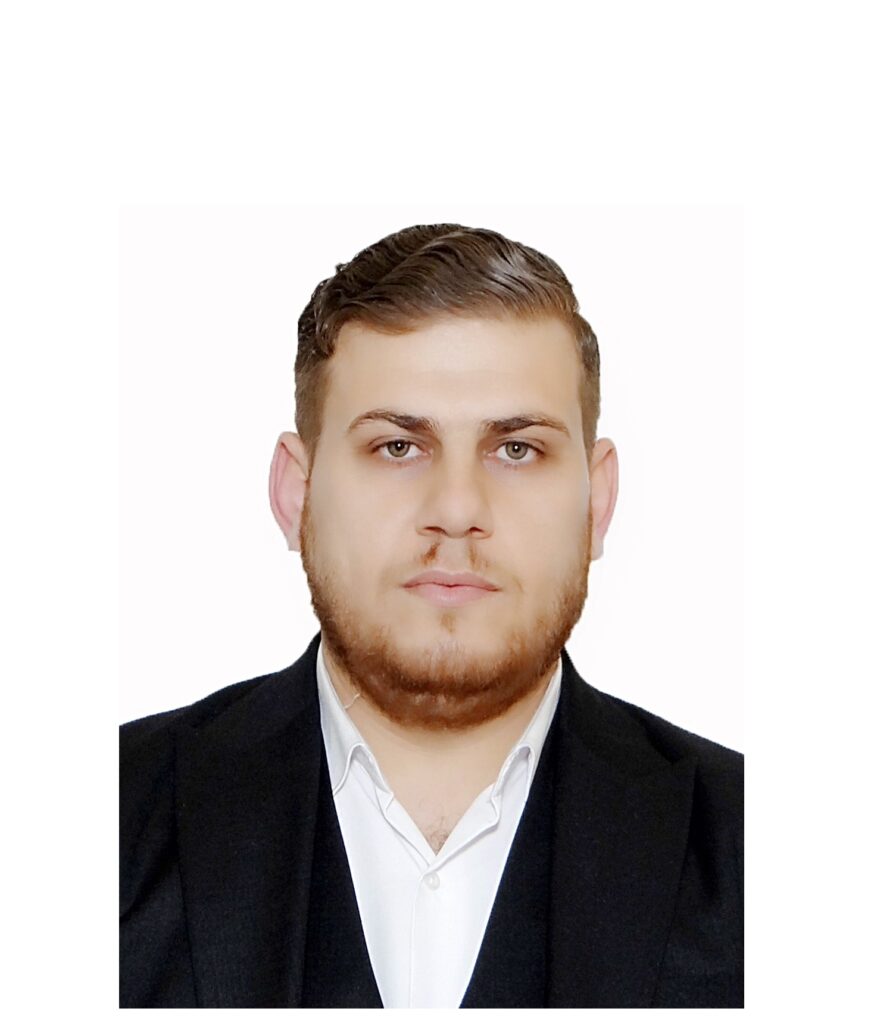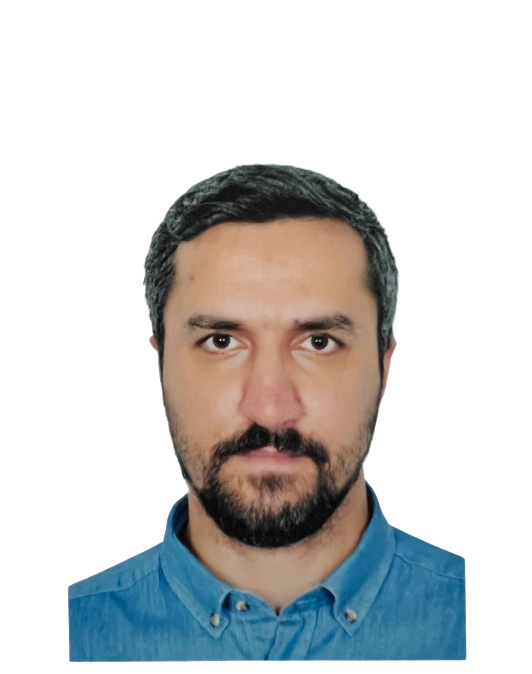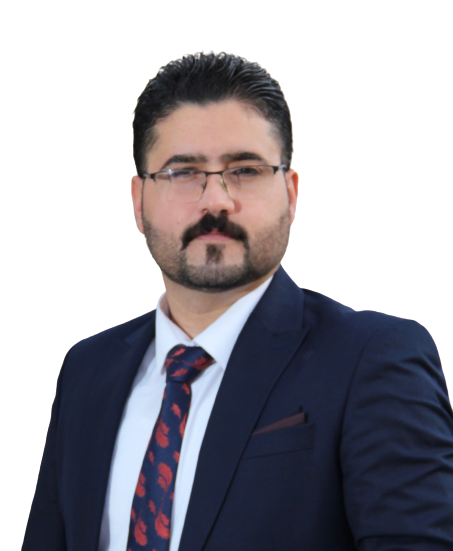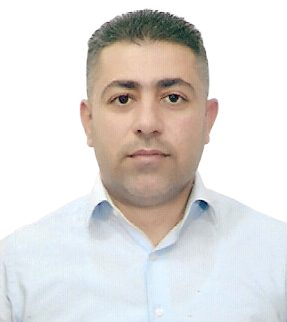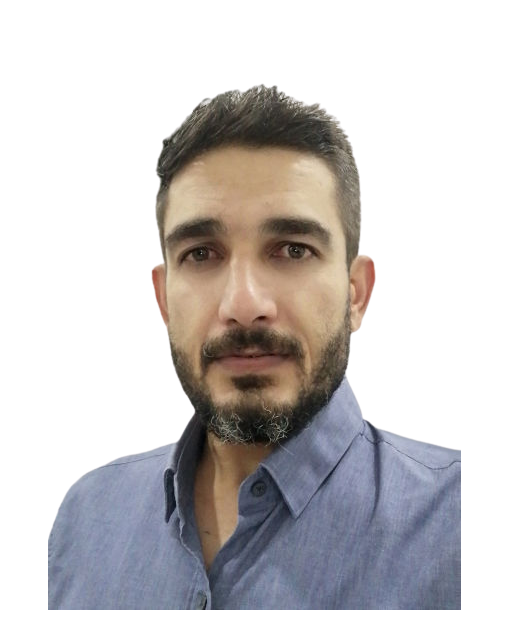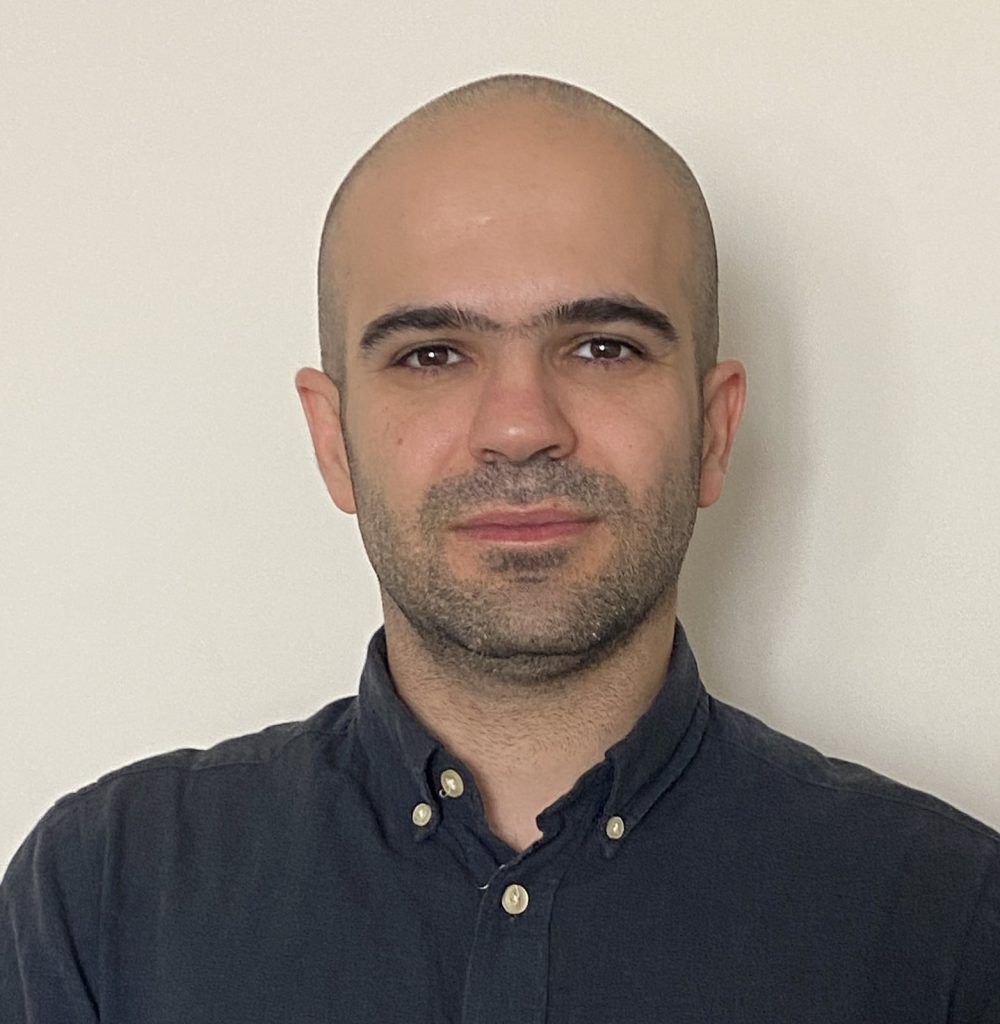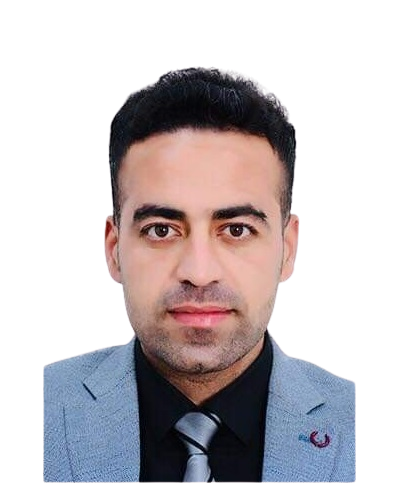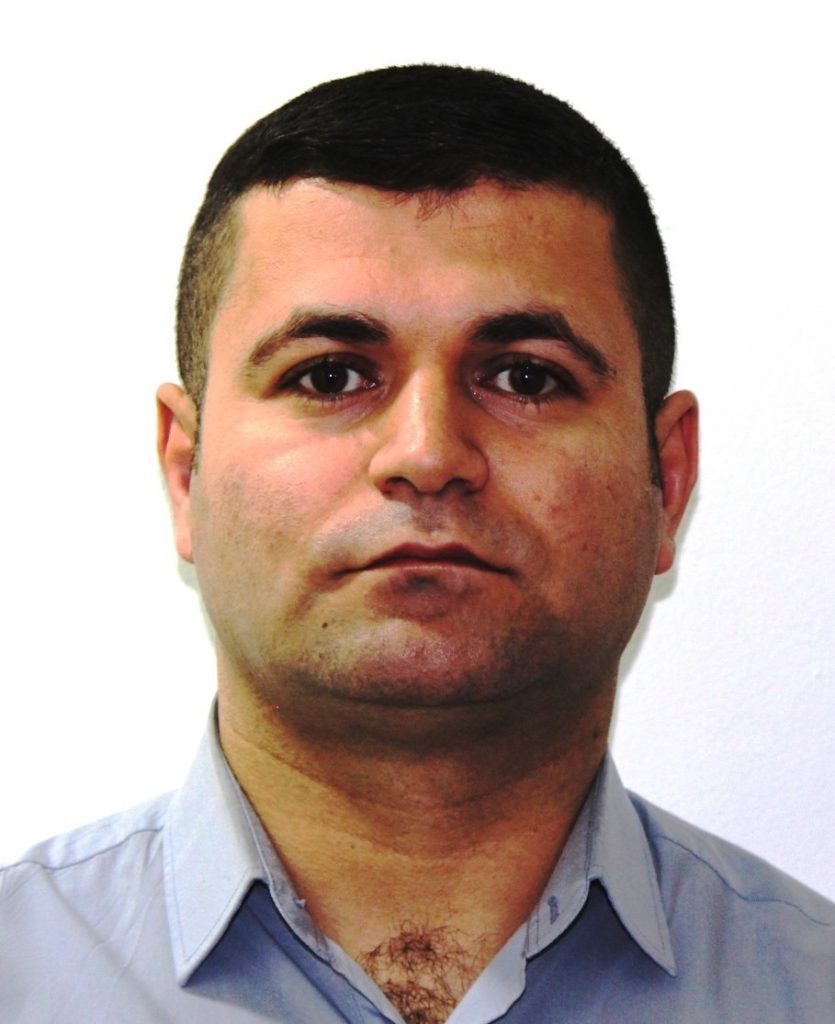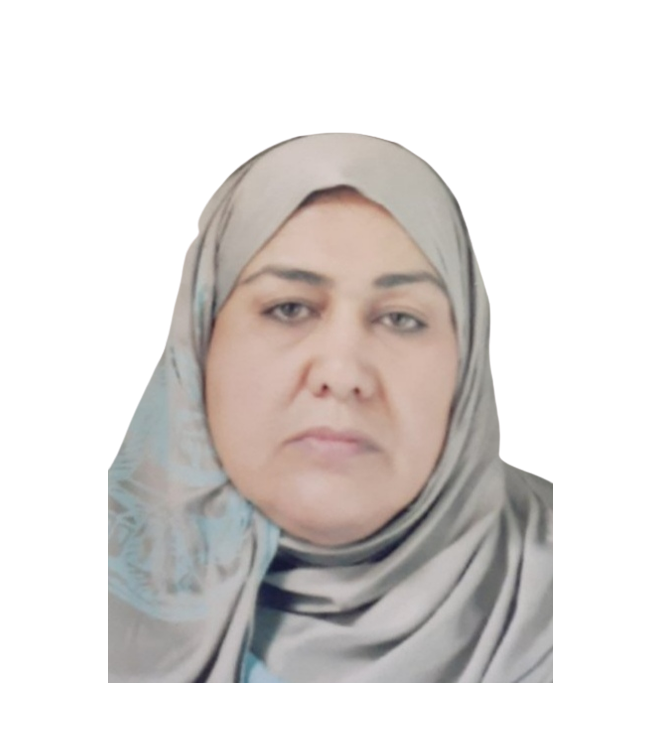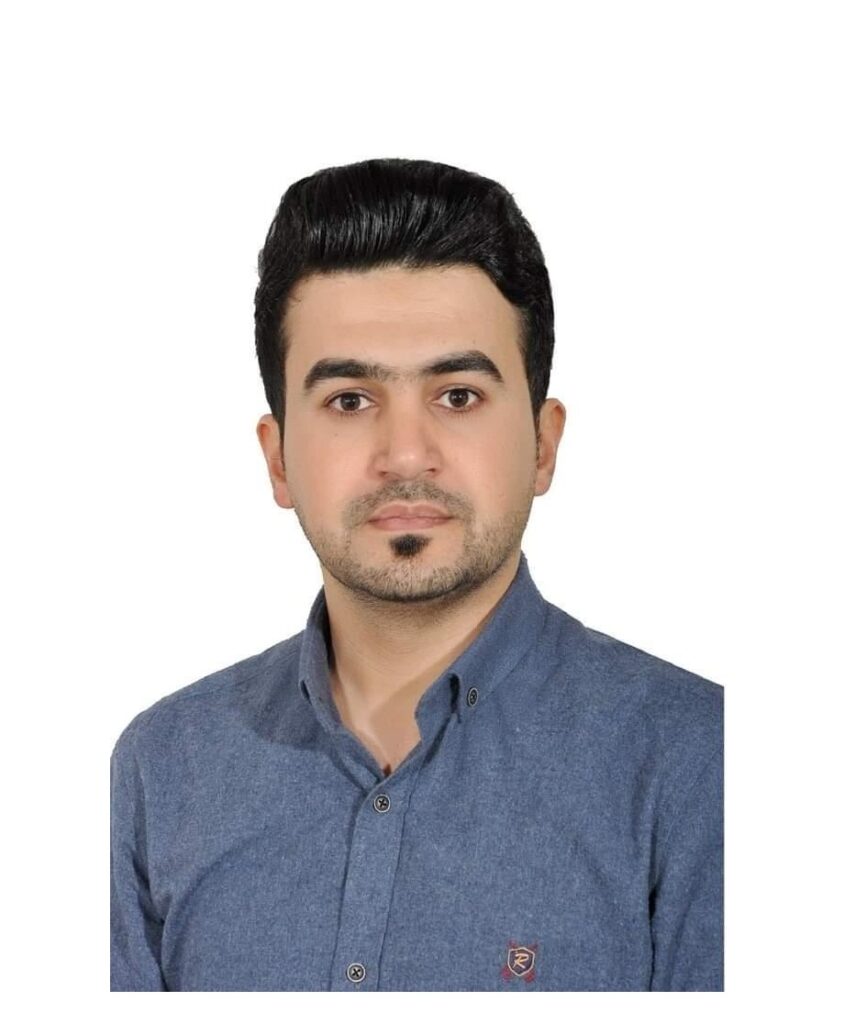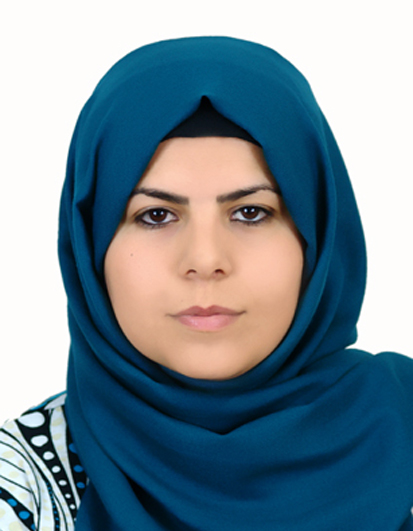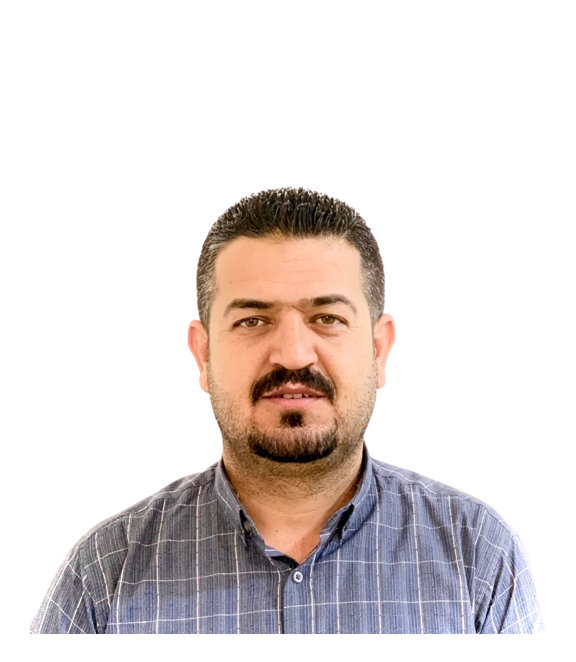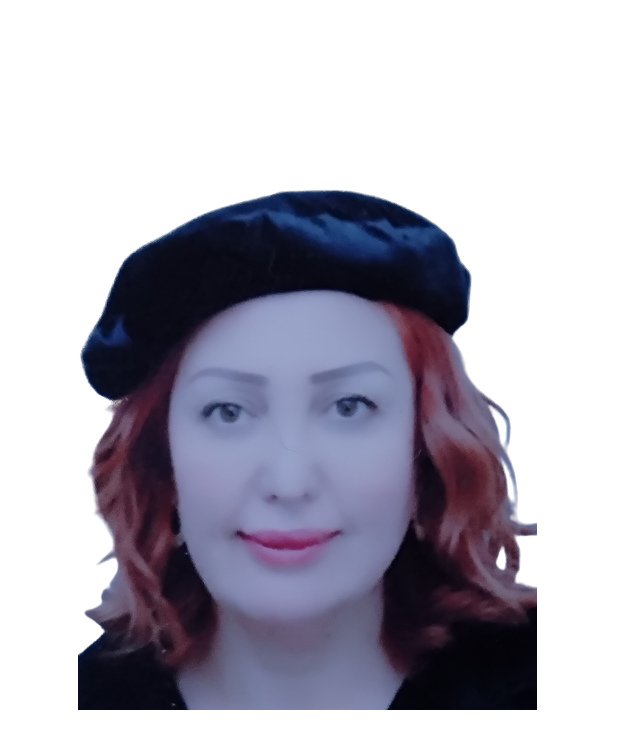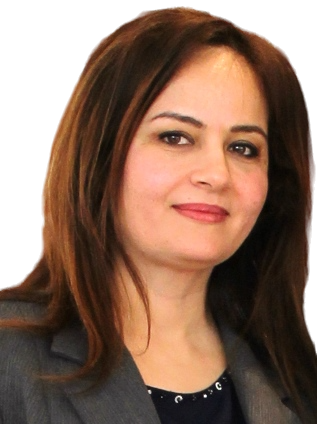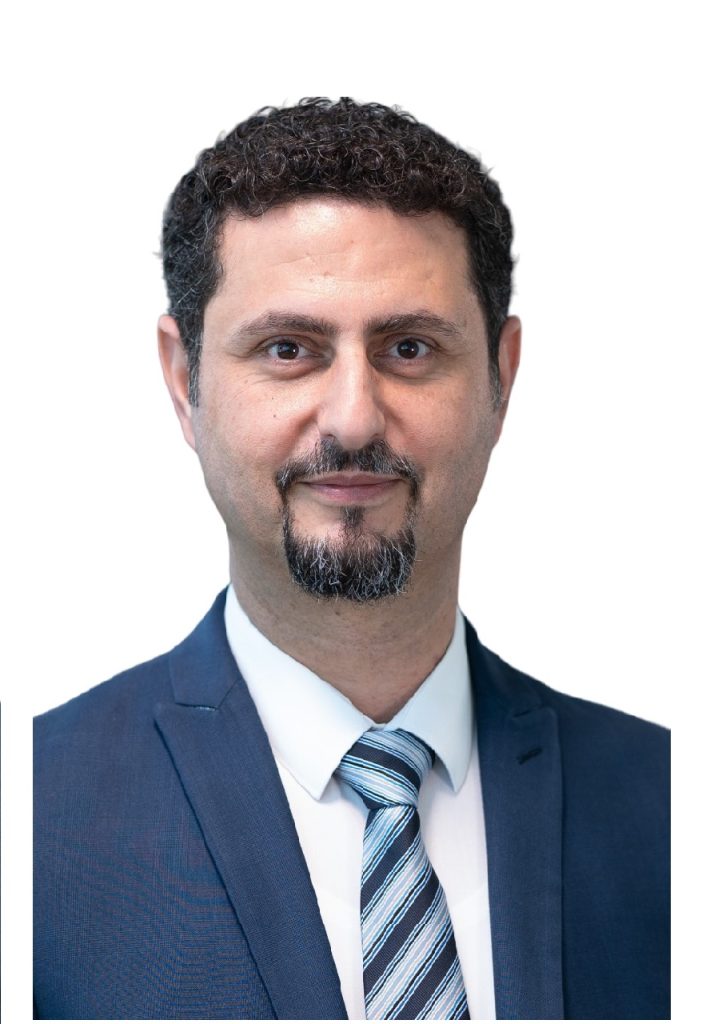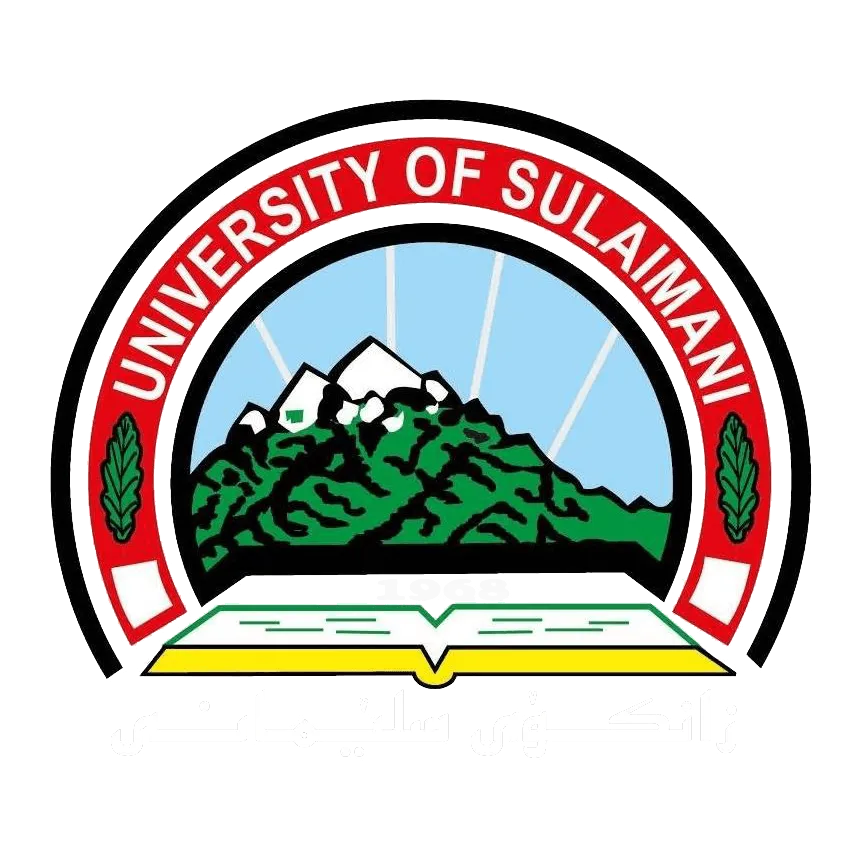College of Education
Physics
Department Description:
The physics department has been established since 2007 based on the high demand from high schools for well-educated academic teachers. Our department was the foundation of the College of Education at the University of Sulaimani. The department is providing the students with a complete knowledge of physics through its normal programs and opening up optional and elective courses to increase their chances of success in their career years. This includes revising the physics education in both high schools and all levels of higher education, updating it to be compatible with the 21st century’s requirements, and working in collaboration with high schools and the Ministry of Education. Our undergraduate program offers concentrations in applied and theoretical physics. In addition, special emphasis will be placed on psychological sciences, teaching methods, and practical teaching experience in the final year of the undergraduate program.
Department Vision:
Physics is the base of all sciences; it investigates all phenomena that occur in the universe. It is a universal science that interprets the work and activities of all the machinery used or in progress by humans. Therefore, the Department of Physics pays great attention to students’ understanding in an advanced manner, and lessons are designed in theory and practice through which students are prepared and trained to teach lessons. The aim of our department is to produce and train teachers in a way that is compatible with the current educational process, and great attention has been paid to the educational aspect.
Department Mission:
As time goes on, new techniques are developed to improve teaching and learning. Thus, the mission of the department would be to improve the educational process that will lead to the development of society. The engine of this development is the teacher; therefore, paying attention to the educational process and appropriate modern teaching methods is our priority. Students who succeed in this department and receive a certificate are capable of making some of these changes and improving the educational process.
Learning Outcomes at Department:
Students will be able to use the fundamental physical theories, such as classical mechanics, thermodynamics, wave phenomena, electricity and magnetism, modern physics, and others, to solve issues. Students will also use mathematical approaches to resolve physical difficulties. As a result, through planning experiments and interpreting the results, students will demonstrate an understanding of scientific inquiry. Students will also be able to examine experimental data and describe scientific observations in a clear and simple manner. Another outcome would be students being able to work collaboratively in order to gather, analyze, and draw conclusions from data. Finally, physical science-related concepts will be effectively communicated by students both orally and in writing.
Department Study Methods:
Due to its extensive field, physics may be an enjoyable subject. Physics includes the study of fluids, motion, energy, gravity, thermodynamics, and other topics including quantum physics, electromagnetic theory, solid state physics, and so on. Basically, the strategy of study in the physics department follows the modern and international studying process, called the Bologna process. Accordingly, the study is designed in a scientific and educational environment, either the lectures taken by the students in and out of the UoS campus. Unfortunately, under certain circumstances, such as having pandemics or natural disasters, only the web-based learning service will be implemented via modern online platforms. However, this would be in a manner; from pure online to hybrid lectures depends upon the situation. Currently, in conjunction with in campus lecturing, we are running supportive web-based learning services including recorded and live lectures. The curriculum follows the integrative system, students who finished secondary school with baccalaureate degree, take credits of study theoretical and practical, compulsory and elective, modules in the physical, psychological, and educational science. The curricula are adapted to the bologna process which cohered to The European Higher Education Area (EHEA). The courses are tailored to the Bologna process, which complies with the European Higher Education Area (EHEA). In total, there are (240) ECTS credits available for the eight semesters, with 30 credits available for each. In order to pass an academic year, students must earn 36 ECTS out of a possible 60 during the course of two semesters. The remaining 24 ECTS may be added to the student’s transcript during the course of the academic year, as long as the total number of credits earned does not exceed 30. Students earn a bachelor’s degree in Educational Physics Science after completing fieldwork that includes school observation and teaching in secondary schools in their final year.
Language used in department:
The language of instruction at the Department is English.
Duration of Studies:
The duration of study at the department is 4 academic years, divided into 8 semesters. The four-year B.Sc. in Physics curriculum is primarily made up of physics theory and experiment courses, but it also includes some courses from computer science, mathematics, teaching methods in physics, and psychological sciences. The courses are tailored to the Bologna process, which complies with the European Higher Education Area (EHEA). In total, there are (240) ECTS credits available for the eight semesters, with 30 credits available for each. In order to pass an academic year, students must earn 36 ECTS out of a possible 60 during the course of two semesters. The remaining 24 ECTS may be added to the student’s transcript during the course of the academic year, as long as the total number of credits earned does not exceed 30. Students earn a bachelor’s degree in Educational Physics Science after completing fieldwork that includes school observation and teaching in secondary schools in their final year.
Academic Staff:
